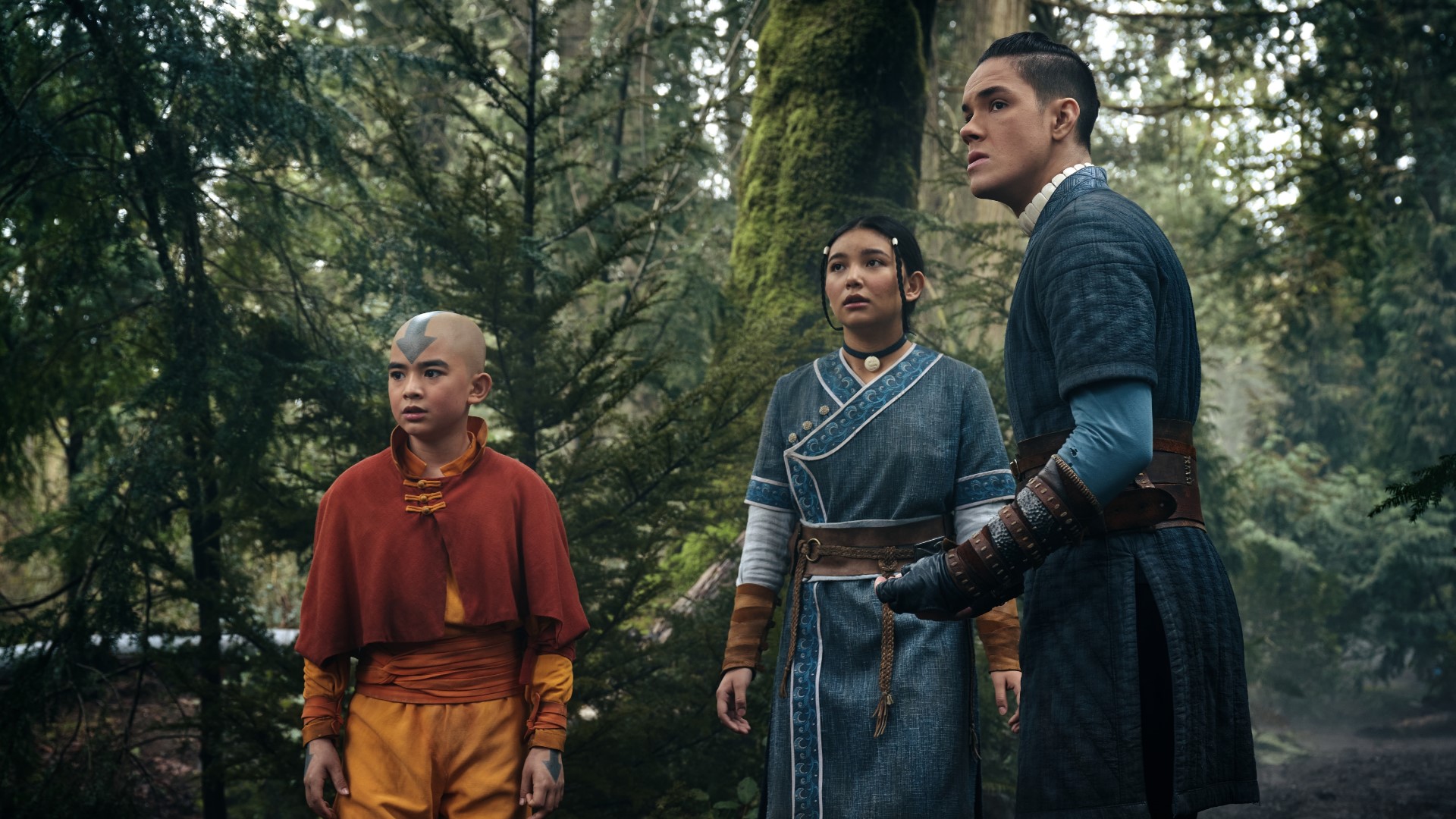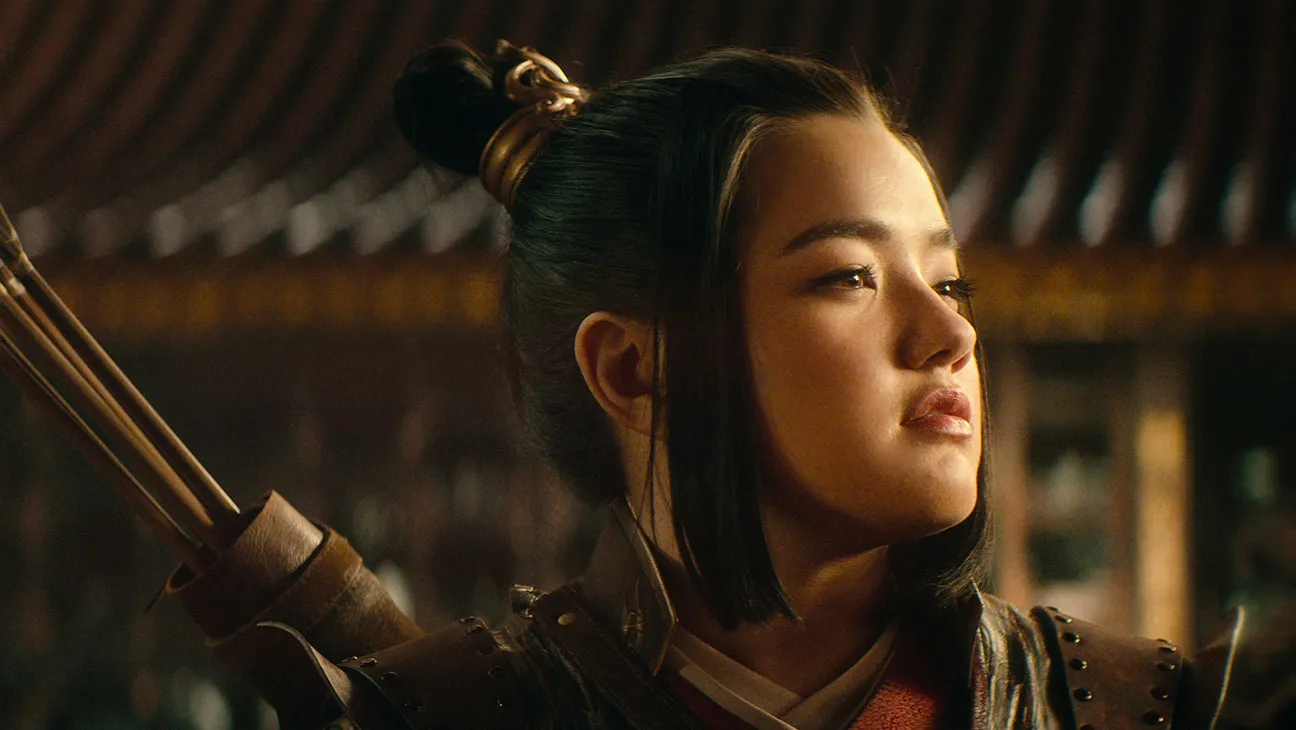Netflix’s eagerly awaited live-action series, Avatar: The Last Airbender, marks a significant departure from the serene beginnings of its 2005 Nickelodeon predecessor. In an era where streaming platforms reign supreme and audiences crave immediate engagement, the series has boldly reinvented its narrative approach, setting a new pace and intensity right from the opening scene.

Avatar: The Last Airbender – A Thrilling Start to a Beloved Tale
Gone are the days of the slow, introspective introduction of characters amidst the icy landscapes of the South Pole. Netflix’s adaptation catapults viewers straight into the heart of political intrigue and looming conflict within the vibrant, dangerous streets of the Fire Nation capital.
This high-stakes espionage scene, featuring an Earth Kingdom spy desperately conveying critical information about Fire Lord Sozin’s impending attack, sets the stage for a story that promises action, complexity, and a deep dive into the lore that fans have come to cherish.

Diverging Paths and New Horizons
Avatar: The Last Airbender does not merely aim to replicate the original animated series but seeks to expand its universe with added layers of complexity and narrative depth.
The revelation of Sozin’s true intentions—to decimate the Air Nomads during the Great Comet Festival and eliminate the young Avatar—introduces viewers to a more intricate web of deceit and strategy than previously depicted. This alteration from the source material, while retaining the essence of the beloved tale, demonstrates Netflix’s ambition to offer a fresh perspective on the epic saga.
Navigating the Changes: A Double-Edged Sword
For longstanding admirers of the series, these changes may come as a surprise, challenging their expectations of a familiar story. The original series laid the groundwork for the Hundred Year War with a more subdued approach, focusing on the gradual build-up of political tensions.
Netflix’s choice to intensify the opening sequence with additional details about the genocide of the Air Nomads introduces a new level of complexity, albeit with the risk of muddying the historical context of the Avatar universe for newcomers.
"You couldn't tell it was for Avatar, it was kind of disguised as a different project" said Ken Leung of auditioning for his role as Zhao in Netflix's The Last Airbender series. "When I first heard it was for Avatar I thought I was going to be blue." pic.twitter.com/UxsJQ8pByh
— IGN (@IGN) February 23, 2024
Embracing the Evolution of a Classic
Netflix’s Avatar: The Last Airbender represents a bold leap into uncharted territory, bringing with it the promise of reviving a beloved narrative for a new generation of viewers. By infusing the series with a dynamic beginning and richer plot intricacies, the adaptation honors the original’s spirit while carving out its distinct identity.
As audiences embark on this reimagined journey alongside Aang and his companions, they are invited to embrace the evolution of a story that continues to captivate hearts and minds across the world. In doing so, Netflix reaffirms its commitment to breathing new life into cherished tales, ensuring they resonate with audiences in an ever-changing entertainment landscape.









